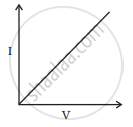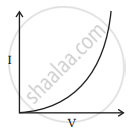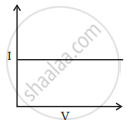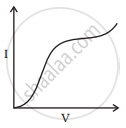Advertisements
Advertisements
प्रश्न
A TV transmission tower antenna is at a height of 20 m. How much service area can it cover if the receiving antenna is (i) at ground level, (ii) at a height of 25 m? Calculate the percentage increase in area covered in case (ii) relative to case (i).
उत्तर
(i) Range = `sqrt(2 xx 6.4 xx 10^6 xx 20)` = 16 km
Area covered = 803.84 km2
(ii) Range = `sqrt(2 xx 6.4 xx 10^6 xx 20) + sqrt(2 xx 6.4 xx 10^6 xx 25)`
= (16 + 17.9) km2
= 33.9 km
Area covered = 3608.52 km2
∴ Percentage increase in area = `((3608.52 - 803.84))/803.84 xx 100`
= 348.9%
APPEARS IN
संबंधित प्रश्न
Define modulation and transducer
Define modulation index.
How are side bands produced?
Explain the need for modulation related to the size of antenna (aerial).
What is the role of a bandpass filter?
A carrier wave of peak voltage 15 V is used to transmit a message signal. Find the peak voltage of the modulating signal in order to have a modulation index of 60%
State any two types of modulation
A speech signal of 3 kHz is used to modulate a carrier signal of frequency 1 MHz, using amplitude modulation. The frequencies of the sidebands will be ______.
I-V characteristics of four devices are shown in Figures.
 |
 |
 |
|
| (i) | (ii) | (iii) | (iv) |
Identify devices that can be used for modulation.
An audio signal of 15kHz frequency cannot be transmitted over long distances without modulation because ______.
- the size of the required antenna would be at least 5 km which is not convenient.
- the audio signal can not be transmitted through sky waves.
- the size of the required antenna would be at least 20 km, which is not convenient.
- effective power transmitted would be very low, if the size of the antenna is less than 5 km.

